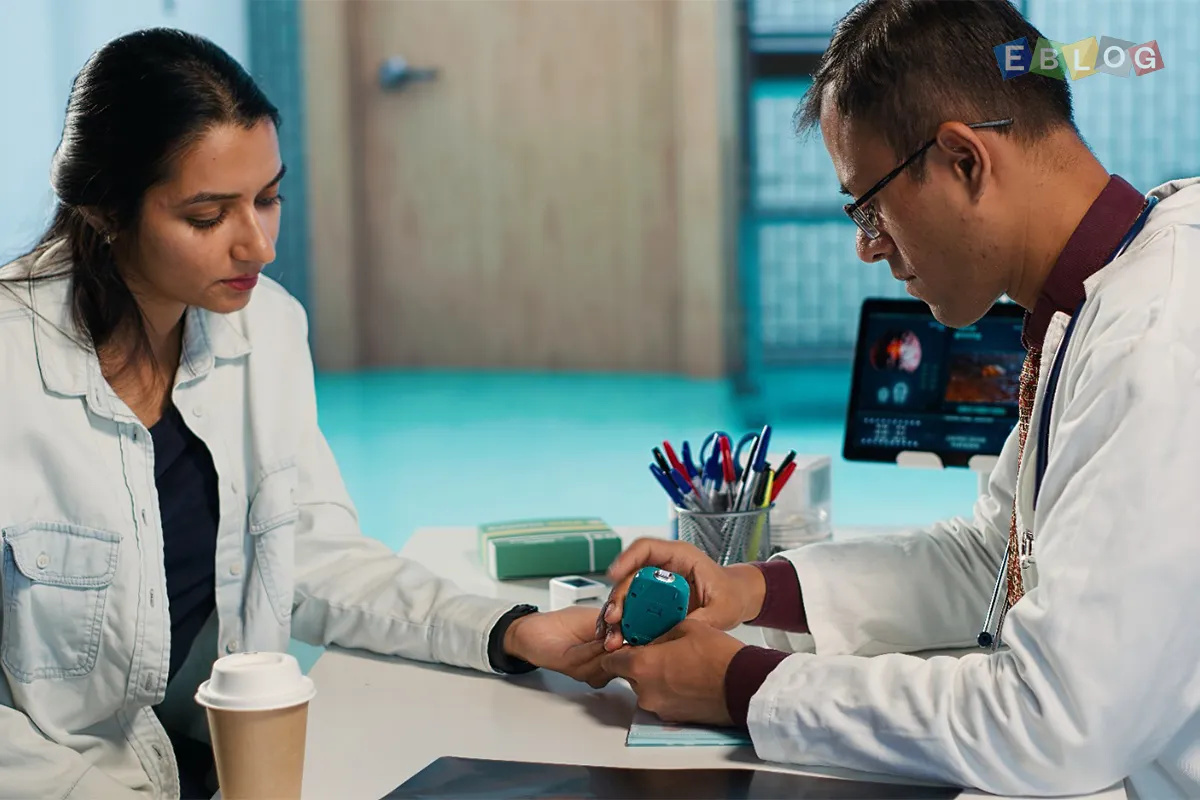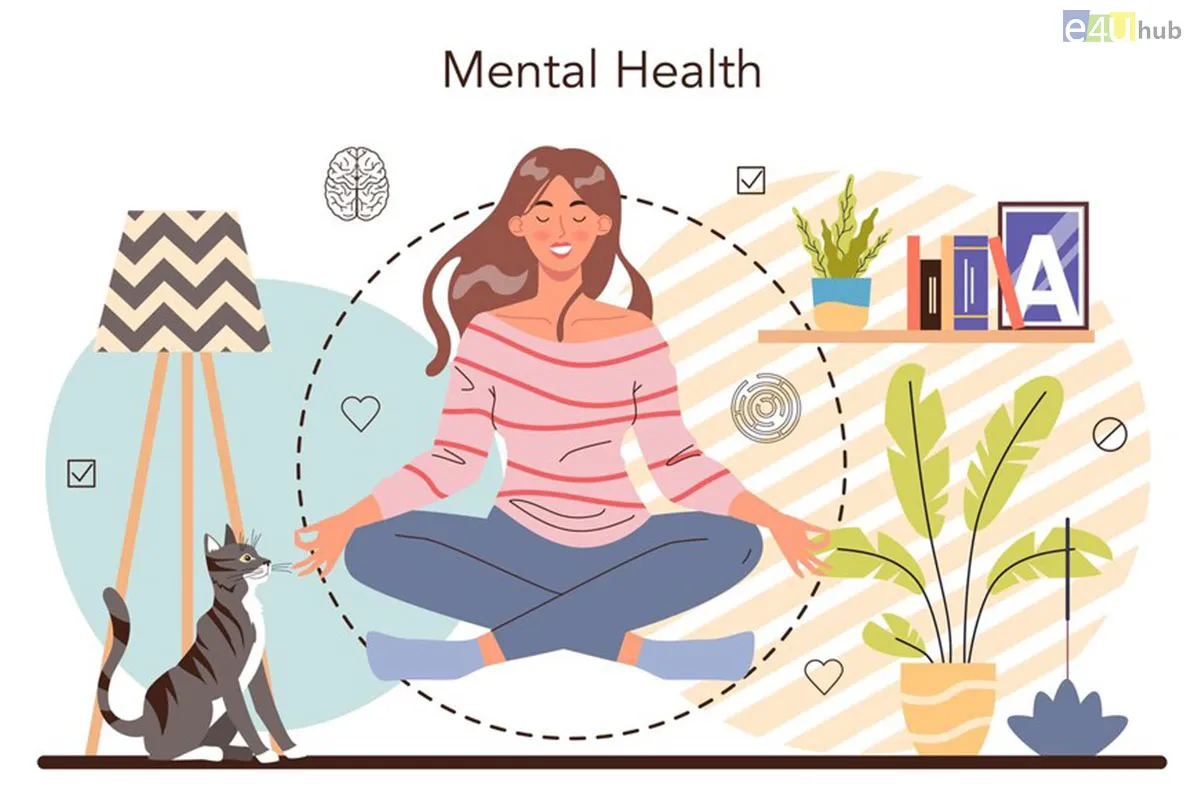
How To Teach Health Better Than Anyone Else
- 21 Dec, 2023
- Health
- 374 Views
- 0 Comments
Health education is a critical aspect of fostering well-being and preventing illness. Teaching health effectively requires more than just disseminating information; it involves inspiring and empowering individuals to make informed choices for their physical and mental well-being. In this blog post, we'll explore strategies and approaches to elevate your health education game and teach health better than anyone else.
1. Create Engaging and Interactive Lessons:
Traditional lectures and dry presentations can be ineffective in conveying health information. Instead, opt for interactive lessons that engage your audience. Use multimedia, real-life scenarios, and group activities to make the learning experience memorable and relatable. Interactive lessons not only capture attention but also encourage active participation.
2. Emphasize Real-World Relevance:
Connect health education to real-life situations to highlight its relevance. Discuss current health issues, trends, and practical applications of the information being taught. Showcasing how health choices impact daily life helps students see the direct connection between the classroom and their well-being outside of it.
3. Encourage Critical Thinking:
Move beyond rote memorization by fostering critical thinking skills. Encourage students to question, analyze, and evaluate health information. Provide case studies and scenarios that prompt thoughtful discussions. By developing critical thinking skills, students can apply their knowledge to make informed decisions about their health.
4. Promote a Positive Learning Environment:
Establish a classroom atmosphere that promotes open communication and inclusivity. Encourage students to share their thoughts and experiences related to health without judgment. A positive and supportive learning environment fosters trust and allows students to feel comfortable discussing sensitive health topics.
5. Utilize Technology and Online Resources:
Leverage the power of technology to enhance health education. Incorporate interactive online modules, virtual simulations, and health-related apps to make learning more dynamic and accessible. Technology can also provide up-to-date information, keeping your lessons relevant in the ever-evolving landscape of health knowledge.
6. Adapt to Different Learning Styles:
Recognize that students have diverse learning styles. Some may be visual learners, while others prefer hands-on activities. Tailor your teaching methods to accommodate various learning styles, ensuring that all students have the opportunity to grasp and retain essential health information.
7. Connect with Real-World Health Professionals:
Bring in guest speakers or organize field trips to connect students with professionals in the health field. This exposure provides valuable insights, practical advice, and real-world perspectives that go beyond textbook knowledge. Guest speakers can inspire students and show them the diverse career paths within the health industry.
8. Instill Lifelong Learning Habits:
Foster a love for continuous learning about health. Emphasize the importance of staying informed about current health trends, research, and developments. Encourage students to cultivate habits of self-directed learning, empowering them to take control of their health education beyond the classroom.
Conclusion:
Teaching health better than anyone else requires a holistic approach that goes beyond conventional methods. By creating engaging lessons, emphasizing real-world relevance, encouraging critical thinking, promoting a positive learning environment, utilizing technology, adapting to different learning styles, connecting with health professionals, and instilling lifelong learning habits, you can transform health education into a dynamic and impactful experience for your students. Remember, the goal is not just to impart knowledge but to inspire a lifelong journey of informed and healthy decision-making.














Leave a Reply